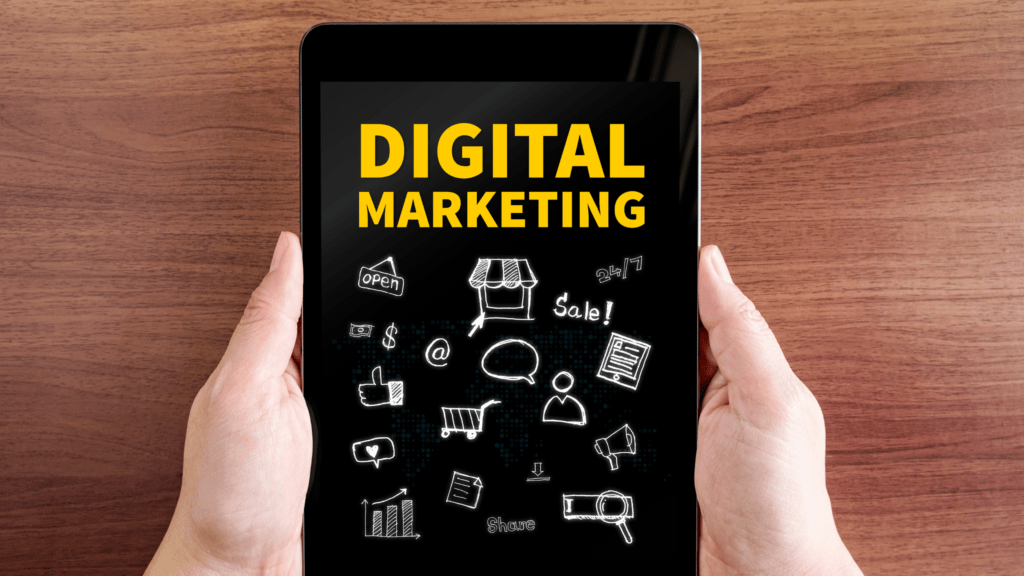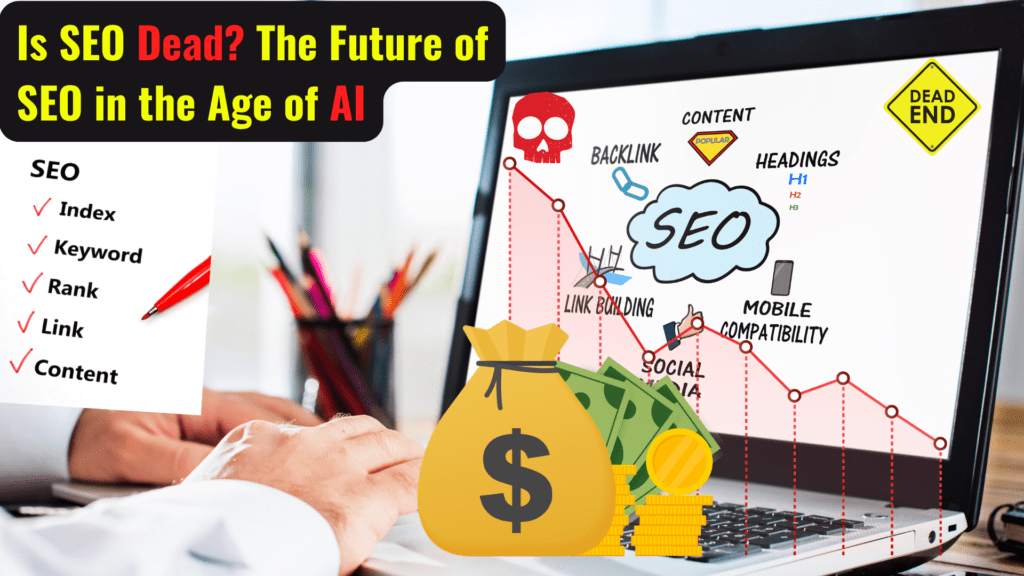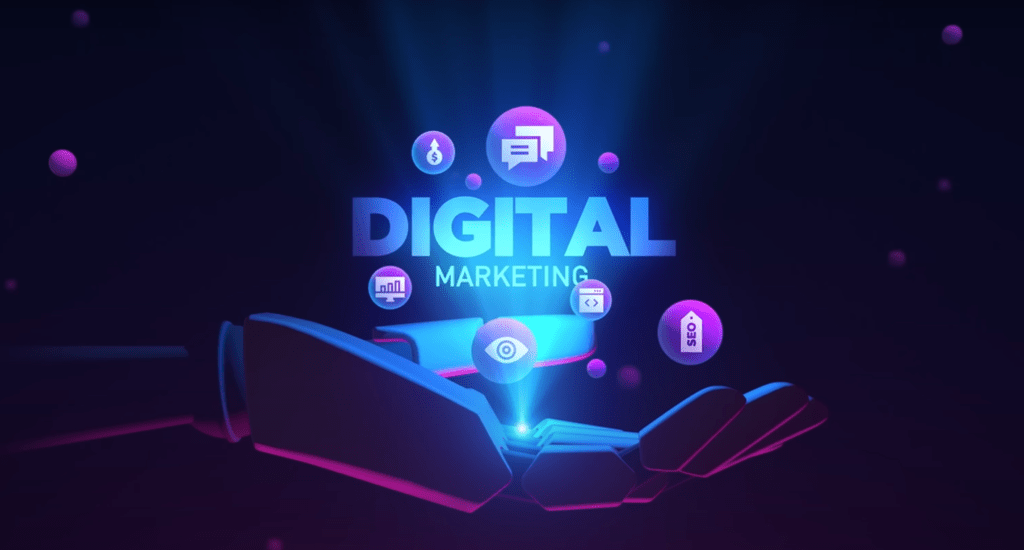Digital Marketing Channels: A Comprehensive Guide
Understanding Digital Marketing Channels: A Comprehensive Guide Digital marketing is a crucial tool for companies to reach their audience and engage with potential clients. Channels, such as Snapchat and Google, are used to reach high-value audiences for products or services. Companies like luxury brands in the Middle East use Snapchat for high-value audiences, while e-commerce websites like Google target specific searches for specific products. Understanding these channels is essential for effective selling and reaching potential clients. What are Digital Marketing Channels? Digital marketing, in essence, is about getting your message out there. Whether you’re a company launching a new product, selling products, or simply wanting to reach your audience or prospective clients who might be interested in engaging with your business, digital marketing is your tool. All of this is done through internet channels. A channel within digital marketing refers to the medium you are using. For instance, some luxury brands in the Middle East prefer Snapchat because that’s where they find their high-value audiences – teenagers in the Gulf who engage with makeup and luxury brands. On the other hand, if you’re an e-commerce website selling jackets or electronics, you might want to be present on Google when someone searches for “black jackets for men”. In this case, Google is your channel. Popular Channels in Digital Marketing There are several popular channels in digital marketing. As a digital marketer or a business owner wanting to do digital marketing for your company, understanding each of these channels is crucial because each has its pros and cons and is suitable for certain needs. It’s important to note that as a business, you don’t have to choose just one channel. You can use a mix of channels, which is referred to as a media mix. When working with a client, they’ll often ask for your media mix – what channels and formats you will use and how much budget you will allocate to each. Some companies invest in all channels but there are always “hero channels” where most of their investments and efforts go into. They may be present on other channels as well but these hero channels are their main focus. Division of Channels Channels can be divided based on whether they require investment or not. For example, there are paid channels where you have to invest money as a company such as Search Engine Marketing (SEM), Display Advertising, Video Advertising, App Advertising, Social Media Marketing, etc. Social Media Marketing appears in both paid and non-paid channels because you can run ads on Facebook or other social media as well as just do organic content publishing. Paid vs. Non-Paid Channels Digital marketing channels can be divided into two categories: paid and non-paid. Paid channels include Search Engine Marketing (SEM), Display Advertising, Video Advertising, App Advertising, Social Media Marketing, Shopping Ads, Programmatic, Affiliate, Influencer, and Audio. Non-paid channels include SEO, SMM, Email, and Content. Interestingly, Social Media Marketing appears in both categories. This is because you can run ads on social media platforms (paid) as well as publish organic content (non-paid). Search Engine Marketing (SEM) SEM involves running campaigns and paying Google to show your results for specific keywords. These are the paid results you see on the internet marked with ‘Ad’ or ‘Advertisement’. For example, if you search for ‘flights’, the top results are usually ads from companies like Skyscanner or Flyscool which are running campaigns for that keyword. Search Engine Optimization (SEO) On the other hand, SEO involves optimizing your website to rank higher in search engine results for specific keywords. This is a non-paid channel and can drive a lot of free traffic to your website. The ranking on Google depends on various factors such as having a secure and accessible webpage (HTTPS), mobile-friendliness, page speed, user experience, quality content, social signals, and more. SEO teams or individuals in companies work to increase their ranking on search engines. They research trending keywords and try to include them in their website content to appear in more searches. For instance, in 2021 there was a surge in keywords for ‘work from home office setup’ and ‘COVID test labs’, so relevant companies focused on these keywords. Read More: The Best SEO Websites for Learning and Improving Your Search Rankings Display Advertising Display advertising is another paid channel where you pay for each click and not impressions. It’s also known as Pay-Per-Click (PPC) advertising. Search Engine Marketing (SEM) SEM involves running campaigns and paying Google to show your results for specific keywords. These are the paid results you see on the internet marked with ‘Ad’ or ‘Advertisement’. For example, if you search for ‘flights’, the top results are usually ads from companies like Skyscanner or Flyscool running campaigns for that keyword. Google Shopping Ads Google Shopping Ads are another form of paid advertising. These ads appear on Google Search and have a product image, price, and the website where it’s available. These ads are typically used by e-commerce retail websites and can appear on Google Search, Google Shopping Tab, and partner websites. Display Advertising Display advertising is another form of paid advertising where advertisers take up the whole banner space on a website. These ads can be a single image or a combination of images, text headlines, descriptions, and call-to-action (CTA) buttons. Google adjusts these elements based on the size available on a particular website. Retargeting Retargeting is a strategy used by advertisers to target users who have already visited their website or shown interest in their products. For example, if you visited a website looking for black jackets and didn’t make a purchase, the advertiser might retarget you with ads for black jackets on other websites you visit. Display Advertising Display advertising involves uploading creatives of certain standard sizes. Your designer cannot come up with any particular size and send it to a publisher. The most common sizes are 300×250 (Medium Rectangle), 300×600 (Half Page), 728×90 (Leaderboard), and 970×250 (Billboard). Non-YouTube Video Ads Non-YouTube video ads are the video ads that
Digital Marketing Channels: A Comprehensive Guide Read More »










